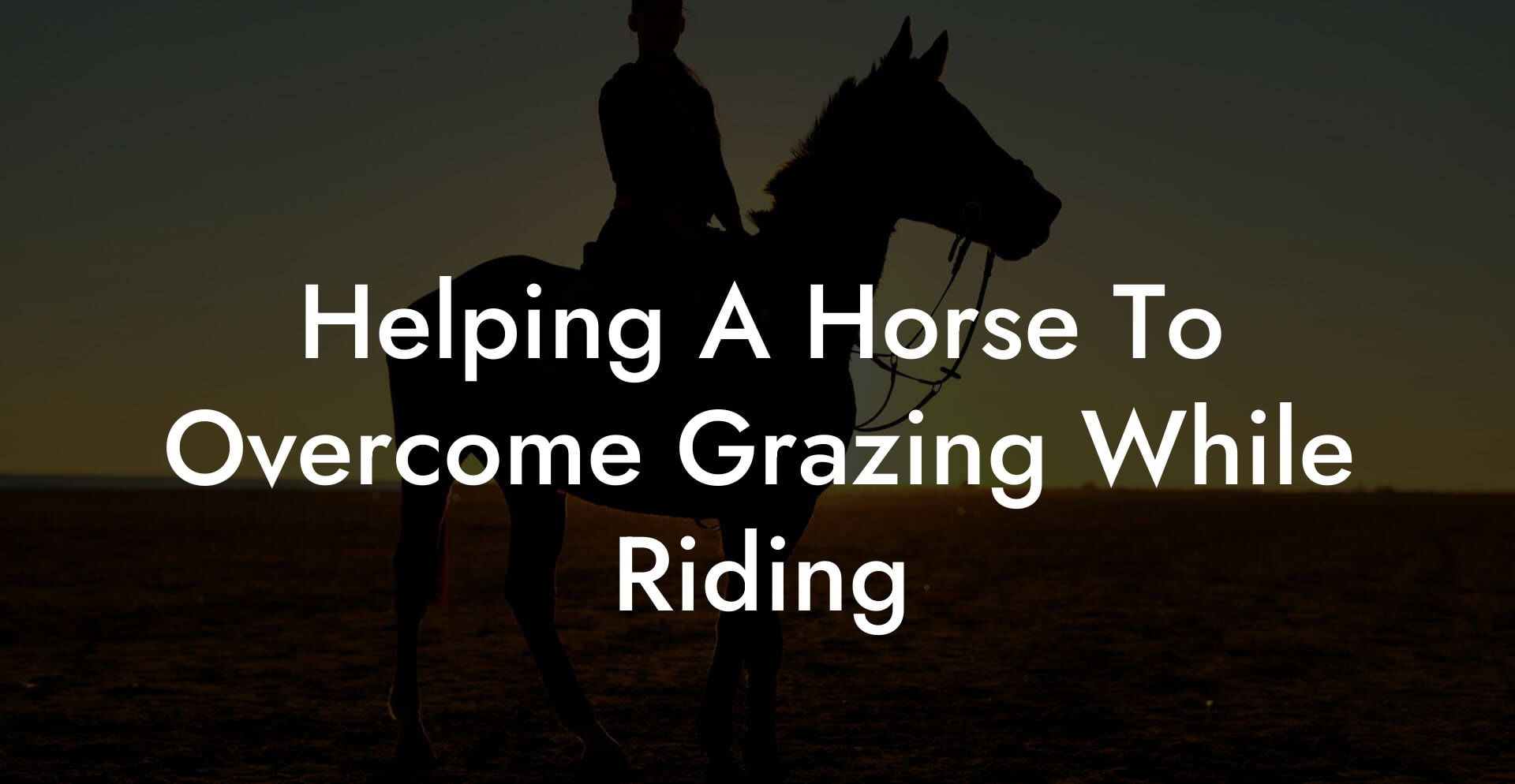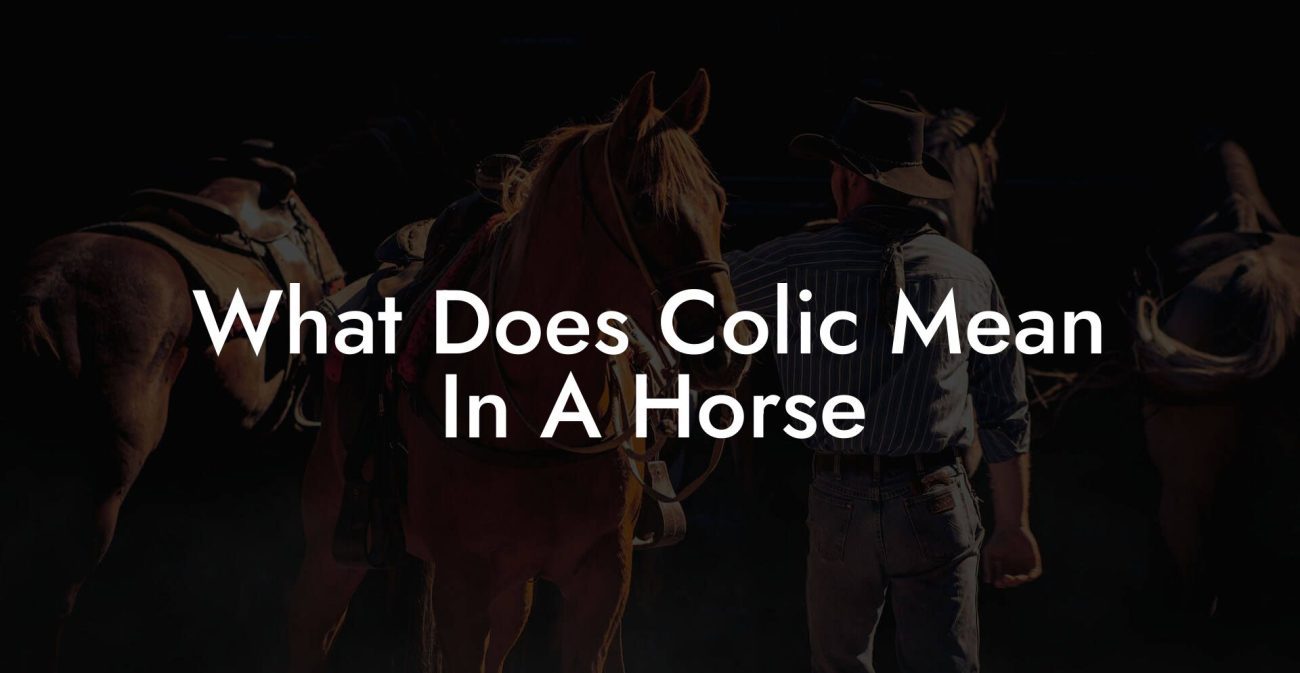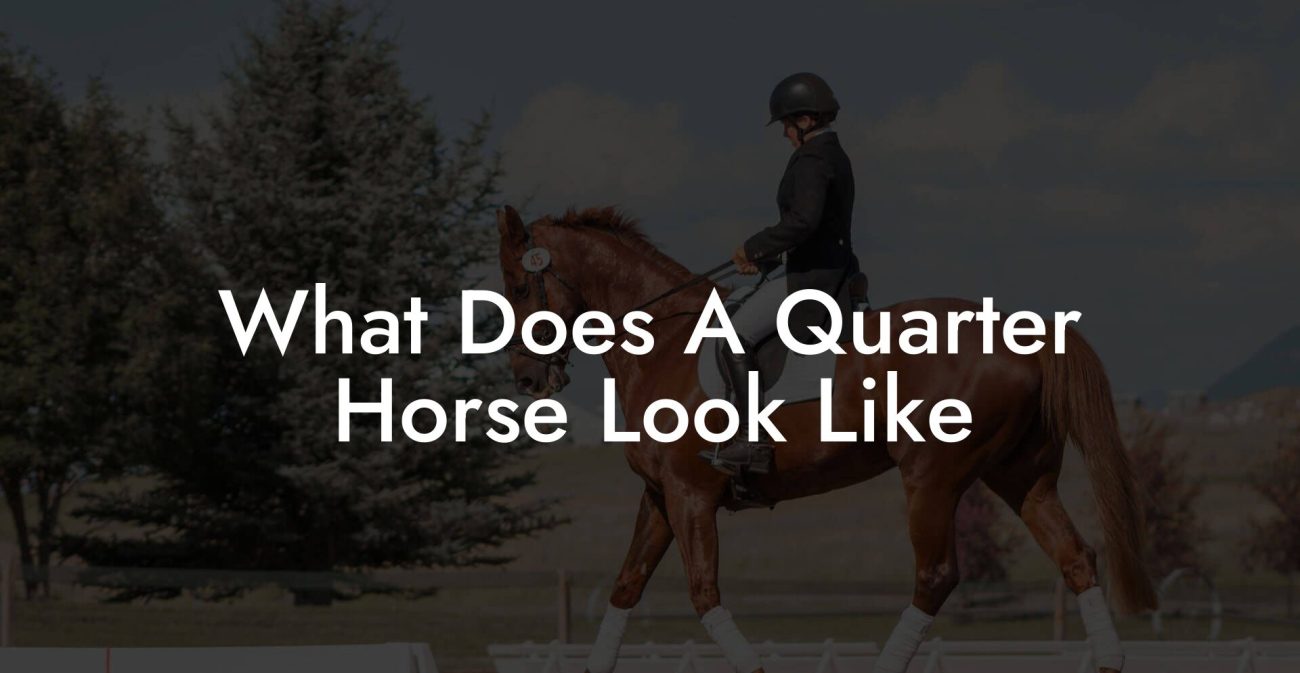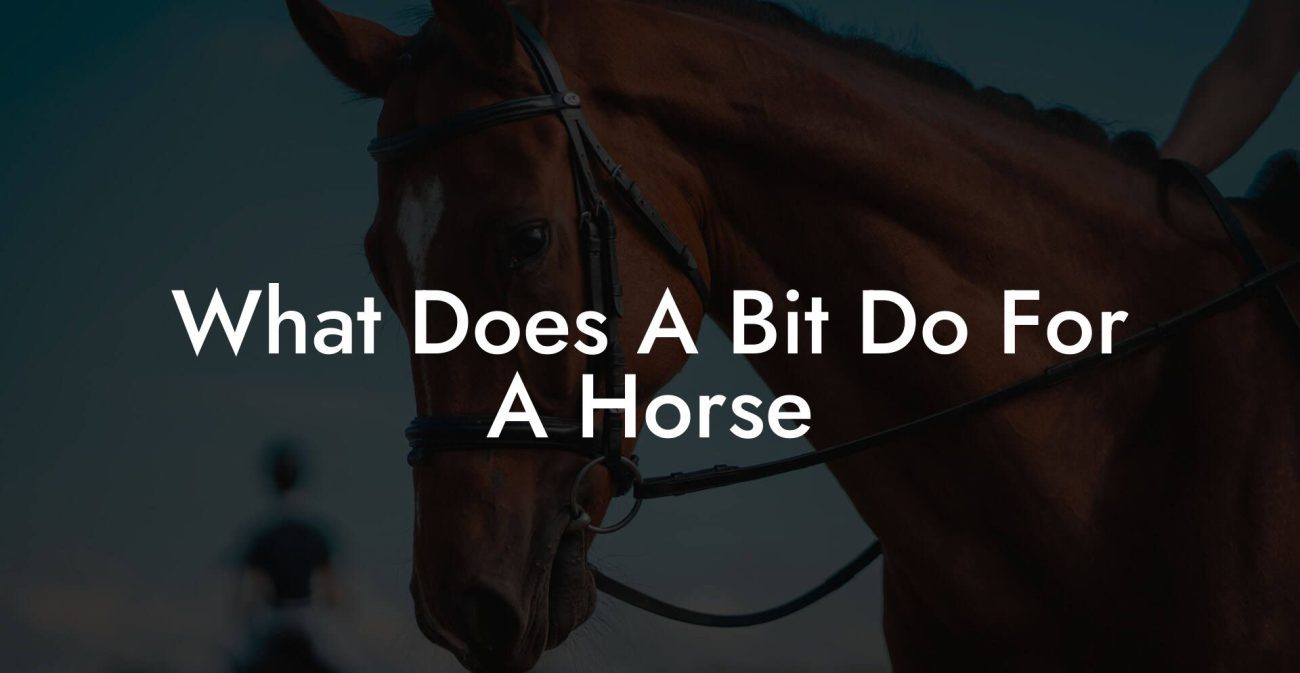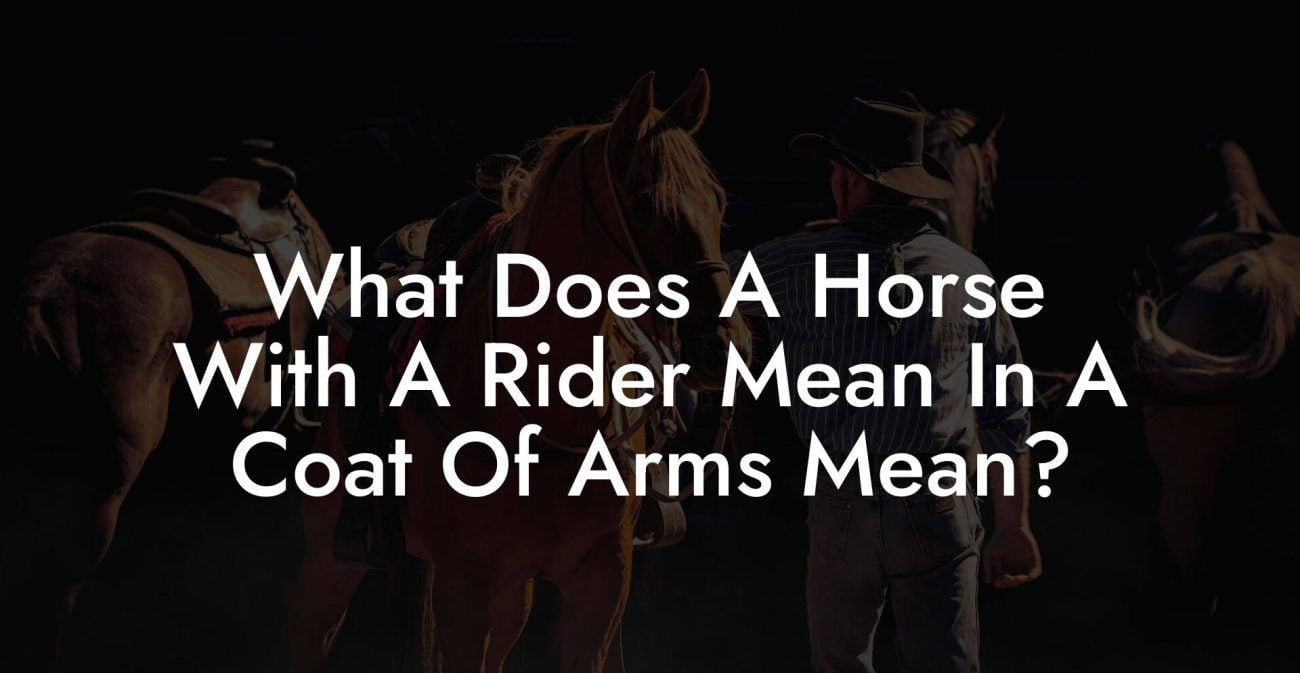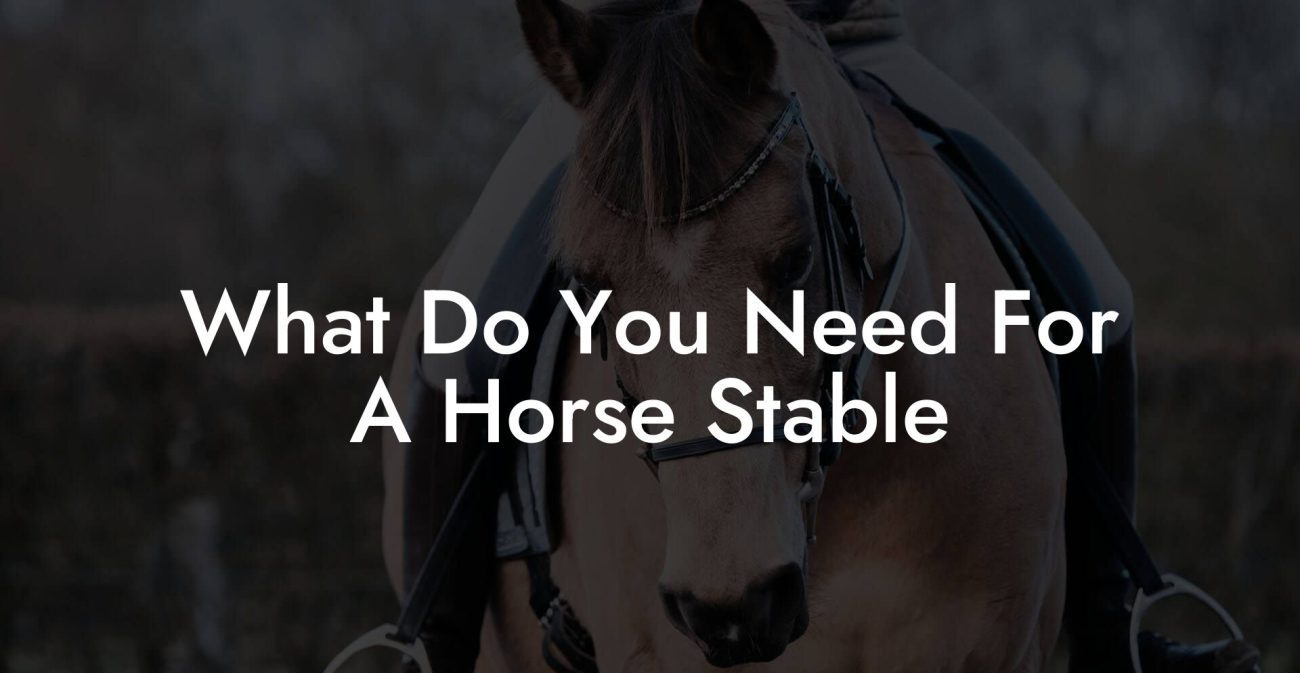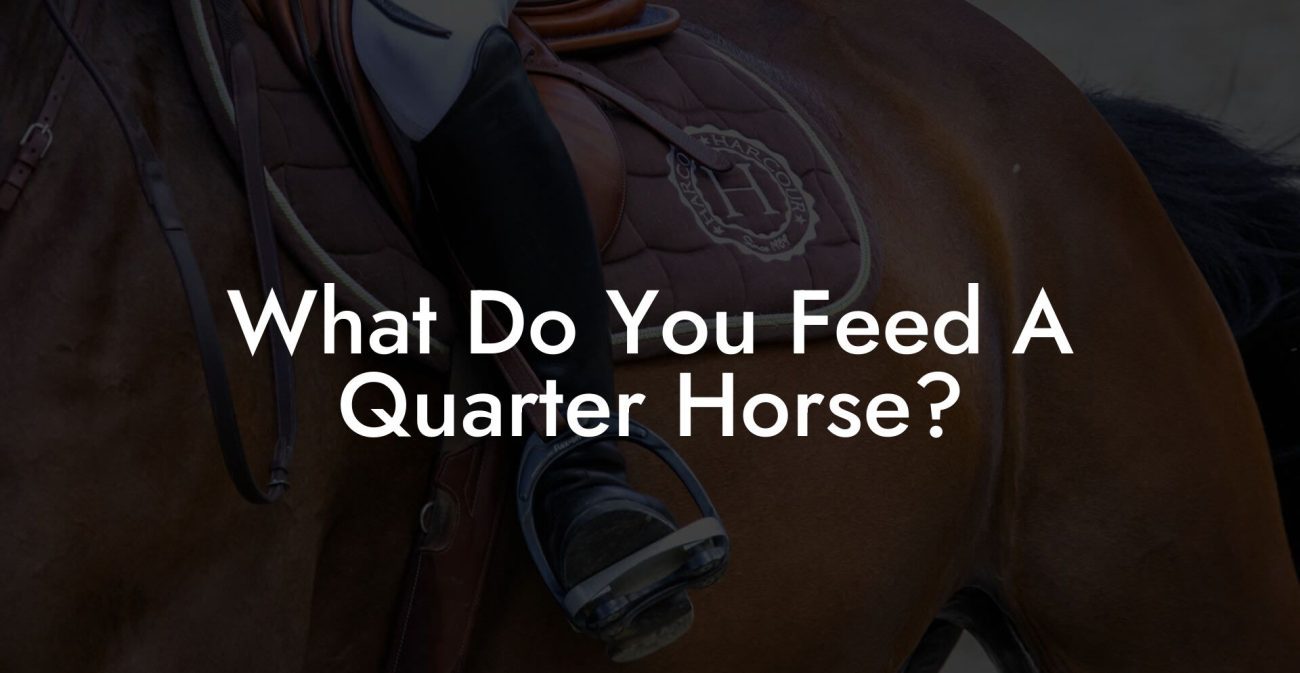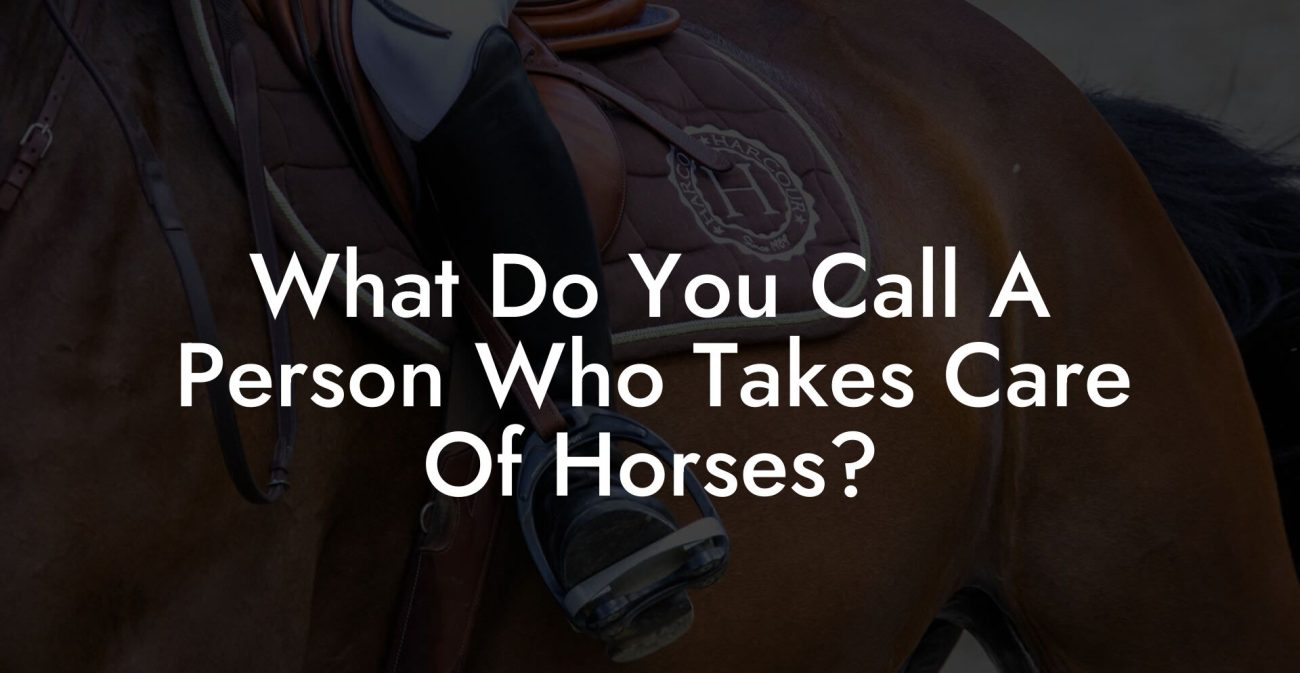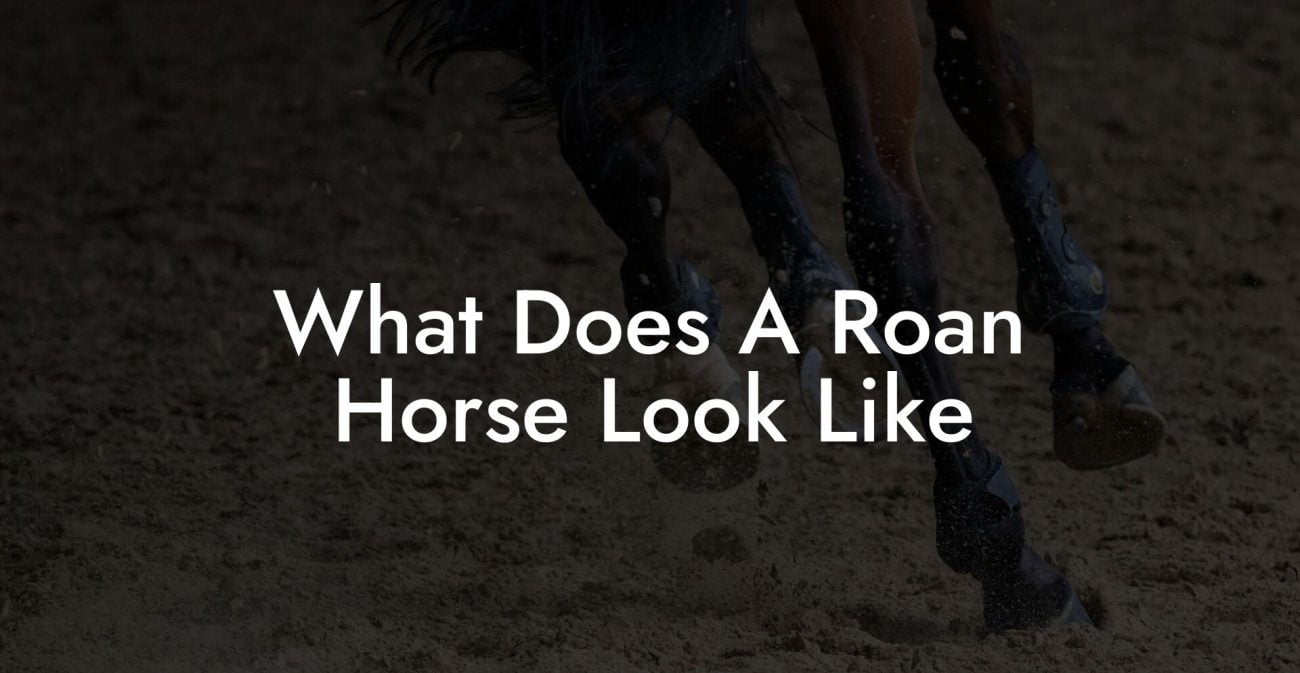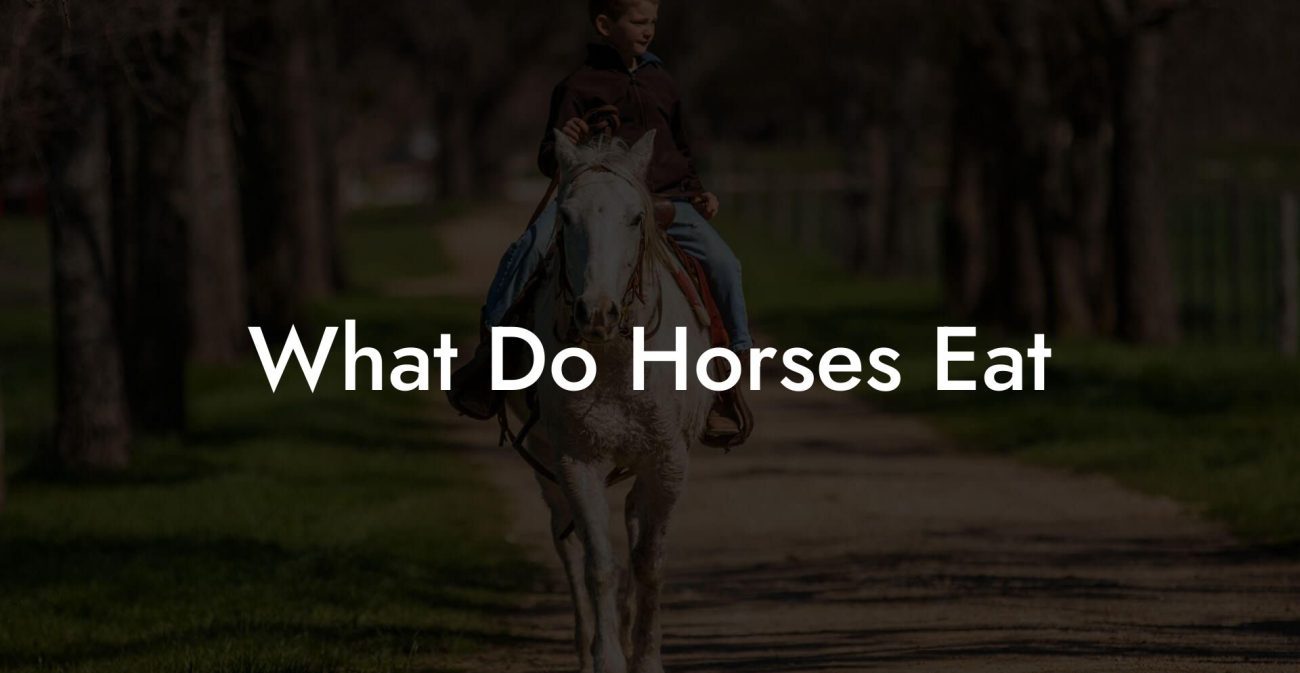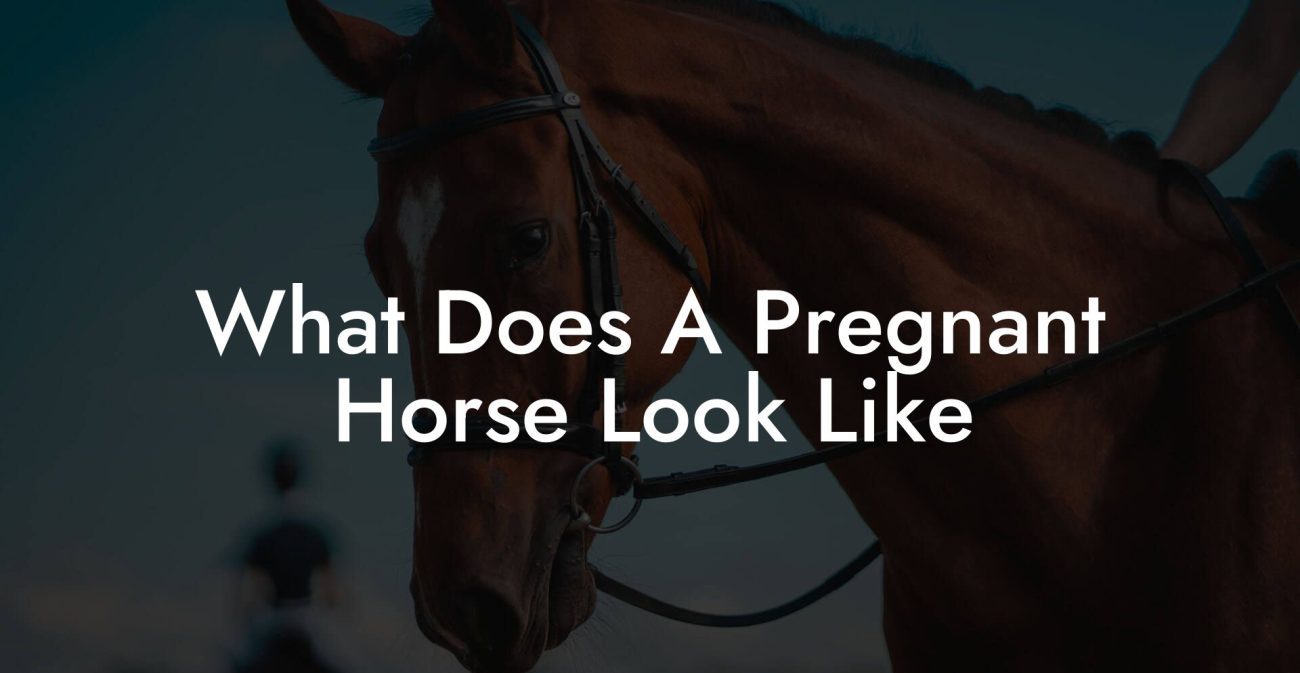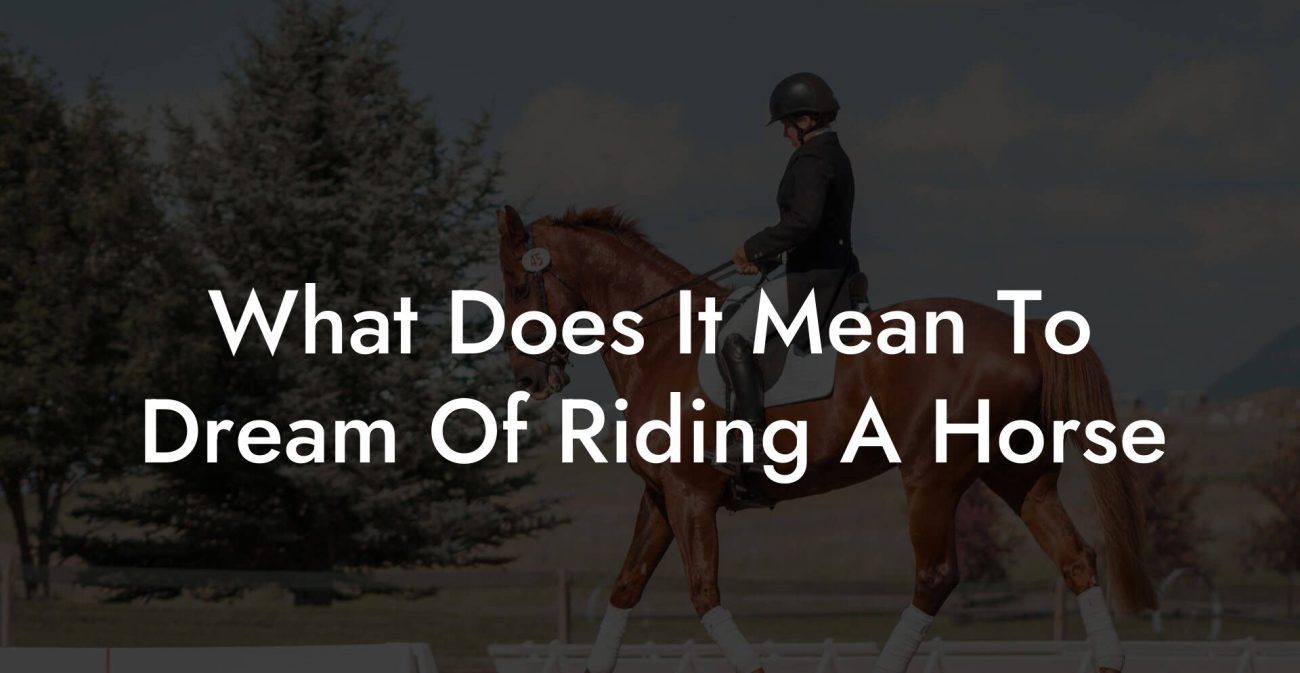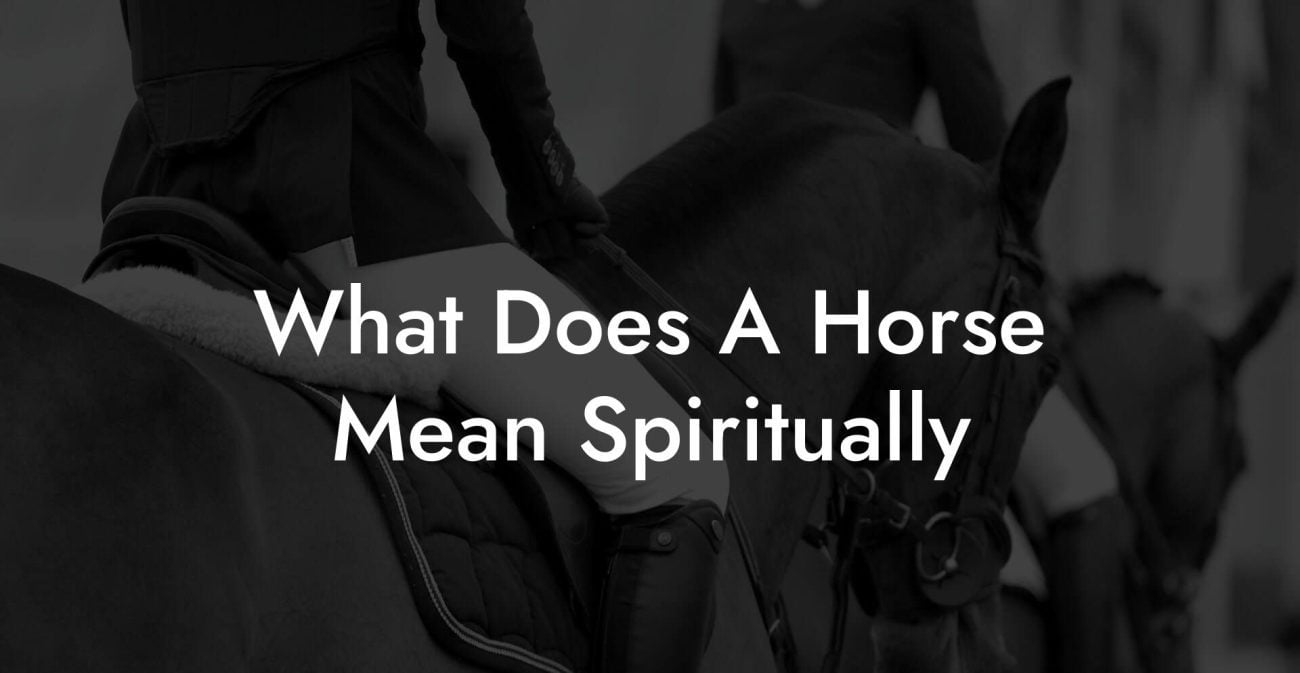Ever had that moment when your favorite steed, mid-trot, seems to forget about your cues and fixates on the lush, tantalizing grass underfoot? It might sound like a quirky scene from an indie film, but for many riders, helping a horse overcome grazing while riding is a real challenge. This isn’t about cutting back on breakfast hay or trying to banish the pasture’s appeal, it’s about understanding your horse’s natural instincts, creating engaging training routines, and harmonizing the art of riding with the innate drive to graze. Get ready to dive into the nitty-gritty of equine behavior with a humorous twist and a down-to-earth approach that brings you, the modern rider, practical wisdom and actionable tips.
Quick Links to Useful Sections
- Understanding Grazing While Riding: What’s Really Going On?
- The Natural Grazing Instinct of Horses: A Double-Edged Sword
- Common Challenges: When Grazing Becomes a Distraction During Rides
- Strategies and Techniques for Managing Grazing Behavior
- Training Techniques That Work
- Environmental Adjustments and equipment Tweaks
- Holistic and Integrative Approaches to Equine Behavior Modification
- Case Studies: Real-Life Transformations in Equine Focus
- Case Study 1: Bella’s Breakthrough
- Case Study 2: Maverick’s Mindful Makeover
- Case Study 3: The Success Story of Rocky
- Developing Your Personalized Training Plan
- Step 1: Comprehensive Assessment
- Step 2: Set Clear, Measurable Goals
- Step 3: Integrate Multiple Modalities
- Step 4: Create a Consistent Routine
- Step 5: Monitor, Evaluate, and Adjust
- Resources and Community Support: Your Next Steps
- Frequently Asked Questions about Managing Grazing Behavior
- Your Journey to a Focused, Happy, and Well-Trained Horse
Understanding Grazing While Riding: What’s Really Going On?
Horses are built for grazing. It’s an instinct that has been honed for millennia, eating continuously to fuel their boundless energy and keep their systems running smoothly. However, when you’re out on a ride, that relentless urge to graze can turn into a distraction, affecting your training session and even your horse’s performance. The scientific term might be “foraging behavior,” but in plain language, it’s what happens when your horse’s natural need to snack on grass clashes with your riding goals.
At its core, grazing while riding is simply the intersection of nature and nurture. On one side, you have a horse whose digestive system is engineered for constant grazing; on the other, a rider who is trying to maintain focus, execute maneuvers, and sometimes even enjoy a sunset trail ride without constant stops. The challenge, therefore, is not to suppress your horse’s natural instincts completely, but rather to manage them in a way that enhances your shared riding experience.
This phenomenon can be viewed through several lenses, behavioral science, animal psychology, and even training strategy. It’s about harnessing the power of routine, making small adjustments in technique, and sometimes rethinking your approach to both nutrition and exercise. By understanding the “why” behind grazing during a ride, you can begin to implement strategies that not only mitigate the distraction but also build a stronger bond between you and your horse.
The goal is to create an environment where your equine companion can indulge in their natural behavior safely and appropriately without derailing your ride. This involves a bit of creativity, a dash of science, and lots of patience. And hey, if you’re someone who likes to blend tradition with modern training techniques, you’re in the right place!
The Natural Grazing Instinct of Horses: A Double-Edged Sword
The grazing instinct is both a blessing and a curse. In the wild, continuous grazing is essential for survival. It allows horses to refuel, especially in environments where food might be scarce at certain times of the day. For domesticated horses, however, that drive can be misaligned with scheduled activities, particularly when it comes to riding sessions.
On one side, grazing provides vital nutrients, supports digestion, and helps maintain a healthy gut biome. On the other, if a horse is allowed to indulge in this behavior at the wrong time, say, in the middle of a training session, it can lead to lapses in focus, erratic gaits, or even safety risks if the horse becomes overly distracted. It’s like trying to focus on a lecture while your stomach is growling for a midnight snack.
Recognizing this natural behavior as a part of your horse’s biology is crucial. Instead of battling against it, many modern trainers recommend aligning grazing opportunities with your riding schedule. For example, allowing your horse a designated grazing period before and after your ride can help satisfy their urge and make them more receptive during lessons. Understanding this dual nature of grazing is the first step in crafting a training program that respects and works with your horse’s natural instincts rather than against them.
Additionally, being aware of the type of grazing behavior can inform how you adjust your training approach. Some horses might simply nibble at the grass during moments of lower intensity, while others might become utterly fixated, jeopardizing your lesson’s flow. Differentiating between these behaviors and customizing solutions accordingly is the hallmark of a thoughtful equine caregiver.
Common Challenges: When Grazing Becomes a Distraction During Rides
When the beauty of a scenic trail ride is interrupted by your horse’s unexpected grazing, it can feel like the universe is playing a prank on you. But before you laugh it off, let’s get real about the challenges grazing presents while riding. These distractions can be particularly problematic for riders who are still working on basic commands or those who are preparing for competitive events, where every minute of focus counts.
One of the first signs to watch for is a loss of rhythm. Horses might slow down, shift their weight unpredictably, or even come close to stopping altogether when they catch sight of an especially verdant patch of grass. This can be dangerous in high-speed environments or crowded arenas. There’s also the factor of balance, the act of grazing requires a different posture than riding, and frequent shifts between these states can strain your horse’s muscles.
Another challenge is the potential for miscommunication. Horses that are overly distracted by grazing may ignore verbal commands or subtle body language cues. This misalignment between human instruction and equine reaction can lead to frustration on both sides. Riders might find themselves repeatedly reissuing instructions, which, in turn, can foster a negative feedback loop that undermines the training process.
It’s important to note that these challenges aren’t necessarily a sign of stubbornness or disobedience. Instead, they often indicate that the horse’s natural needs are not being aligned with their expected behavior during rides. When considering these challenges, think of it as a matter of fine-tuning rather than complete retraining. A thoughtful approach that respects the horse’s natural habits while strategically steering its behavior can bridge this apparent gap.
This is where the art and science of equine training converge. With targeted strategies, you can transform these challenges from insurmountable obstacles into manageable quirks. The reward? A happier, more focused horse that’s well-versed in balancing its love for grazing with its commitment to riding.
Strategies and Techniques for Managing Grazing Behavior
Now that we’ve laid the groundwork by understanding the behavior and recognizing its challenges, it’s time to explore some smart, down-to-earth strategies for managing grazing while riding. The aim here is not to eliminate grazing altogether but to guide your horse’s innate tendencies so that they complement, rather than interfere with, your riding sessions.
Training Techniques That Work
A well-crafted training routine is your best friend in this scenario. One approach is to incorporate “grazing breaks” into your riding schedule. By allowing your horse short, scheduled intervals to graze before and after your ride, you can satisfy their nutritional needs while minimizing mid-ride distractions. This concept is similar to how athletes schedule rest intervals to optimize performance.
Positive reinforcement goes a long way. Reward your horse with treats, gentle pats, or even extra grazing time when it responds correctly to cues during riding. Over time, this reinforces the idea that staying focused comes with benefits. Consistency is key, over time, your horse will start associating attentive riding sessions with rewards, gradually reducing the impulse to graze on command.
Another strategy is to refine your riding cues. Precise leg and rein commands can help redirect your horse’s attention away from the tempting tufts of grass. For instance, a gentle squeeze on the side can signal the horse to focus, while a soft verbal cue can remind it of the upcoming reward. Innovative trainers even integrate clicker training during rides to create a clear, positive signal when your horse is on-task.
The integration of modern technology can also play a part. Devices that monitor your horse’s movements and provide feedback can be a fun addition to your routine. These smart gadgets may seem high-tech, but they serve a very practical purpose: keeping your horse (and you) on track when things get a bit haywire.
Environmental Adjustments and equipment Tweaks
Sometimes, the solution lies not in training alone but in adjusting the environment. If you’re riding in a pasture where the grass is particularly enticing, consider planning your rides in areas with less lush vegetation or on more controlled tracks. Strategic route planning can minimize encounters with overly tempting grazing spots.
Additionally, consider using equipment modifications. For example, specialized halters or blinders can subtly limit your horse’s field of vision, reducing distractions without compromising safety. This isn’t about restricting your horse, it’s about providing a balanced environment where focus is naturally encouraged.
Techniques like these are especially vital for younger horses or those still in the early stages of training. As your horse matures and adapts, you can gradually lift these restrictions, building up their ability to stay engaged even in a distracting environment.
Lastly, don’t overlook the role of routine. Horses thrive on predictability, and a structured riding schedule can minimize unexpected grazing episodes. This consistency helps your horse understand when it’s time to work and when it’s time to enjoy the great outdoors on its own terms.
Holistic and Integrative Approaches to Equine Behavior Modification
In today’s world of equine care, a holistic approach is gaining traction, one that goes beyond traditional training drills. This integrative methodology looks at the overall well-being of your horse, taking into account physical conditioning, mental engagement, and even emotional balance. The idea is to cultivate a harmonious relationship where your horse’s natural grazing instinct works in tandem with its performance on the saddle.
One of the cornerstones of this approach is mindful riding. It’s a practice that encourages both rider and horse to be fully present during each session. Techniques such as deep breathing exercises (yes, even riders can benefit from a moment of zen) and gentle meditation before a ride can prime both of you for a focused experience. This mindful state of being sets the stage for your horse to channel its natural energy more effectively.
Nutritional support is another crucial element. Balanced diets rich in essential vitamins, minerals, and fibers not only support your horse’s digestive health but also regulate the intensity of its grazing drive. Some riders have even experimented with feeding schedules that mirror natural grazing rhythms, providing small, frequent meals that align with your horse’s biological clock. The result? A content, well-nourished horse that is less likely to demand constant grazing during work time.
Complementary therapies, such as massage and acupuncture, have also found their way into the holistic management of equine behavior. These alternative treatments help alleviate muscle tension, promote relaxation, and create an overall sense of well-being. A relaxed horse is more likely to stay focused on the ride rather than getting sidetracked by every blade of grass it sees.
Integrating these holistic elements into your training regimen can foster a richer, more balanced experience. It’s about blending the science of modern training with the art of natural care. After all, when you nurture both the body and the mind, you lay the groundwork for a horse that is not just well-trained, but also happy and engaged.
Case Studies: Real-Life Transformations in Equine Focus
Sometimes the best proof of concept comes from real-life stories. Let’s take a look at a few case studies that demonstrate how a blend of traditional training and holistic strategies can help a horse overcome its grazing distractions during riding.
Case Study 1: Bella’s Breakthrough
Bella, a spirited mare known for her voracious grazing, was a challenge for her rider, Alex. Every time they embarked on a trail ride, Bella’s eyes would light up at the sight of fresh, dew-kissed grass. Recognizing this, Alex revamped their training schedule. They began by dedicating the first 15 minutes of each session to a controlled grazing break in a designated area. Following this, Alex incorporated gentle, yet engaging exercises that rewarded Bella with treats and praise when she maintained focus. Over a few weeks, Bella began to associate riding with positive outcomes and started to curtail her grazing impulses mid-ride. Today, Bella is a model of focus, gracefully transitioning between grazing in her free time and performing flawlessly during rides.
Case Study 2: Maverick’s Mindful Makeover
Maverick, a handsome gelding with a reputation for being easily distracted, was notorious for veering off the path to indulge in a snack fest with every patch of grass he encountered. His rider, Jamie, decided to implement a holistic approach that combined mindfulness practices, nutritional tweaks, and revised training routines. Before each ride, Jamie and Maverick engaged in a brief mindfulness session, deep breathing and gentle stretches that set the tone for focused riding. Additionally, Jamie adjusted Maverick’s meal schedule, offering smaller, more frequent feedings to keep his hunger in check. The transformation was remarkable. Maverick’s newfound focus not only improved his performance but also deepened the bond between him and Jamie. His days of spontaneous grazing during rides became a memory, replaced by a calm, purposeful engagement with each trail.
Case Study 3: The Success Story of Rocky
Rocky, a younger horse with boundless energy, faced challenges similar to Bella and Maverick. His rider, Sam, noticed that during high-intensity training sessions, Rocky would intermittently lose focus as he passed over rich grazing grounds. Sam tailored a multifaceted training program that combined quick grazing breaks, advanced riding cues, and even a hint of high-tech assistance using wearable trackers to monitor Rocky’s behavior. Over time, Rocky began to respond – his grazing habits were now confined to designated intervals, making him more attentive during active riding periods. This comprehensive, integrated approach not only enhanced Rocky’s performance but also paved the way for a stable and productive partnership.
These success stories highlight that achieving a balance between a horse’s natural grazing instincts and the structured demands of riding isn’t a pipe dream. With creativity, empathy, and a willingness to innovate, you can tailor solutions that support your horse’s well-being while meeting your performance goals.
Developing Your Personalized Training Plan
No two horses are alike. What works wonders for Bella might not have the same impact on Maverick or Rocky. That’s why creating a personalized, integrative training plan is essential for meeting the unique needs of your horse. Consider the following steps as you begin paving the way towards a more focused riding experience:
Step 1: Comprehensive Assessment
Start with a thorough evaluation of your horse’s behaviors, dietary needs, and daily routines. Observe when your horse is most likely to graze while riding and note any environmental triggers, whether it’s the sight of particularly vibrant grass or a specific time of day.
Step 2: Set Clear, Measurable Goals
Are you aiming for a ride that lasts longer without grazing breaks? Do you want to enhance your horse’s responsiveness to commands? Establish realistic, incremental goals that help track progress. Use a journal or a digital app to record behavioral changes and training milestones.
Step 3: Integrate Multiple Modalities
Combine elements of traditional training with holistic practices. This might include structured riding exercises, scheduled grazing intervals, mindfulness sessions before rides, and nutritional adjustments to control hunger. Incorporate technology such as wearable devices that track your horse’s activity and alert you to wandering grazing behaviors.
Step 4: Create a Consistent Routine
Horses thrive on consistency. Develop a routine that provides clear signals for work and rest. Regularity in training, feeding, and grazing breaks will help your horse internalize the expectation of when to focus and when to relax.
Step 5: Monitor, Evaluate, and Adjust
Flexibility in your approach is key. Regularly review your progress and be open to tweaking your plan as needed. Consult with equine behavior specialists or fellow riders who have navigated similar challenges. A dynamic, evolving plan is often the most effective.
By investing time and energy into a personalized training regimen, you’re not only addressing the grazing distraction but strengthening the overall partnership with your horse. It’s a process of trial, error, adjustment, and celebration of small wins along the way.
Resources and Community Support: Your Next Steps
Navigating the complexities of horse training and behavior management can sometimes feel like riding through uncharted territory. But remember, you’re not alone in this journey. A vibrant community of riders, trainers, and equine care enthusiasts is ready to support you through every twist and turn.
Consider joining local riding clubs or online forums where you can trade stories, ask questions, and share tips about managing grazing behavior. Social media platforms are teeming with Gen-Z and millennial riders who are embracing innovative approaches to equine care. Engaging with these communities can provide insights, inspiration, and even just a much-needed laugh when things don’t go according to plan.
There are also plenty of online resources, from video tutorials and webinars to blogs and podcasts dedicated to holistic horse training. Immersing yourself in these resources can help you stay abreast of the latest trends and research in equine behavior and training. Whether it’s learning about the newest wearable technology for monitoring your horse or exploring advanced mindfulness practices tailored for equine athletes, there’s always something new to discover.
Finally, don’t underestimate the value of professional guidance. Consulting with experienced equine behaviorists or trainers who specialize in integrative approaches can transform your training routine. They can offer personalized insights that address your horse’s unique challenges, laying out a roadmap that caters to both the practical and emotional aspects of horse training.
As you continue to refine your approach, remember that every step forward is a victory. Your passion and commitment not only foster a more focused riding experience but also contribute to the overall welfare and happiness of your horse.
Frequently Asked Questions about Managing Grazing Behavior
Here are some of the most frequently asked questions that riders have when it comes to helping a horse overcome grazing distractions during rides:
1. Why is my horse grazing during our rides?
Grazing is a natural behavior for horses, designed to help them continuously refuel. During rides, if their schedule doesn’t align with their natural instincts, they may fixate on available grass, causing distractions.
2. Can I completely eliminate grazing behavior during rides?
Not necessarily. The goal is to manage and schedule grazing rather than eliminate it completely. Allowing designated grazing breaks before and after riding can help your horse focus during training.
3. What training techniques can help reduce grazing distractions?
Techniques such as positive reinforcement, clear riding cues, and clicker training can redirect your horse’s attention. Scheduling regular grazing breaks and incorporating mindfulness before rides can also be effective.
4. How can environmental changes help?
Editing your riding route to avoid overly lush grazing areas and using equipment like blinders or specially designed halters can help minimize distractions by reducing visual cues that trigger grazing.
5. Do nutritional adjustments play a role?
Absolutely. Adjusting feed timings and providing balanced, nutrient-rich meals can help regulate your horse’s grazing drive, making it easier to manage during rides.
6. Are there any holistic approaches that work well?
Mindfulness techniques, acupuncture, massage therapy, and a balanced diet have shown promise in enhancing focus and reducing stress-related grazing behavior.
7. Is it normal for younger horses to graze more while riding?
Yes, younger horses or those with higher energy levels may exhibit more grazing behavior during rides. Establishing a consistent training routine early on can help manage this behavior over time.
8. How do wearable trackers help in managing grazing behavior?
Modern wearable trackers can monitor your horse’s movements and behavior, providing real-time feedback that helps identify when and why grazing distractions occur. This data can be used to fine-tune your training approach.
The key is to understand that grazing during rides is not an act of defiance but a natural behavior that can be managed with the right combination of planning, training, and holistic care.
Your Journey to a Focused, Happy, and Well-Trained Horse
Embracing the challenge of helping your horse overcome grazing while riding is more than a training adjustment, it’s an invitation to deepen your connection and understanding of your equine partner. With a blend of proven techniques, holistic practices, and a generous dose of humor, you can transform distraction into a disciplined, yet joyful, riding experience.
Every ride, every turn, and every moment spent together is a stepping stone towards a more harmonious relationship. It’s about celebrating your horse’s natural instincts while gently guiding them toward a more focused performance. In doing so, you not only enhance your riding skills but also cultivate a sense of trust and mutual respect that forms the foundation of a lasting bond.
The road ahead might have its hurdles, a distracted glance at a patch of grass here, a spontaneous grazing moment there, but each challenge is an opportunity in disguise. An opportunity to learn more about your horse, to fine-tune your training methods, and to enjoy the quirky, beautiful complexities that come with working with these magnificent creatures.
So saddle up and embark on this journey with confidence and a smile. Your horse’s transformation from a distracted grazier to a responsive, focused companion is a testament to the power of a well-crafted training plan and the incredible bond born of patience, understanding, and a shared love of the ride.
Remember, the secret to success lies in embracing your horse’s natural behaviors while gently steering them toward the path of focused performance. With every ride, you’re not just training a horse, you’re creating a partnership that thrives on trust, respect, and a bit of playful ingenuity. Your journey to a more focused, happy, and well-trained horse begins now. Enjoy the ride!

